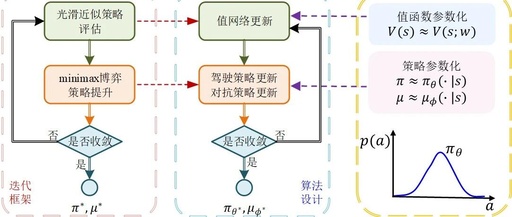From Introduction to Abandonment: A Detailed Manufacturing Process of Chips!
Source: Fresh Date Classroom Original Author: Little Date Jun This article mainly introduces the process of chip manufacturing. Oxidation First, on the wafers that have been cut and polished, we need to perform an oxidation step. The purpose of oxidation is to form a protective film (oxide layer) on the fragile surface of the wafer. … Read more









